“Think turnover is just an HR problem?” Think again.
I see it every day: On one side, you’ve got operations standing there, arms folded, pointing fingers at HR and the recruiting team. Meanwhile, HR is stuck trying to get everyone to understand the reality: the world has changed, and so have the workers.
That’s the gap. It’s huge. And it’s a problem.
But we have to close that gap. We can’t keep working in silos—HR on one side, ops on the other, both frustrated. Here’s the truth: turnover starts after someone gets in the building. That’s when the real work begins, and that’s where ops needs to step up. From HR to ops, leadership needs to set the example, showing that retention and production go hand-in-hand.
Turnover Starts After Day One: How Operations Can Improve Employee Retention
The moment a worker clocks in for their first shift, it’s not just HR’s problem anymore. It’s ops’ responsibility too. Ask yourself: How are these workers being managed? How are they being trained? How are they being treated? Because if operations sees workers as disposable, guess what?
They’ll leave.
Turnover starts with how workers are handled from day one. The way ops views and interacts with workers has a direct impact on retention. If they’re treated like a revolving door of disposable labor, that’s exactly what they’ll become.
The key is collaboration between HR and operations. Both sides need to understand that keeping workers isn’t just about recruitment or hiring the right people; it’s about how they’re treated once they’re inside the building.
How Operations Can Reduce Turnover: Key Strategies for Retention Success
Here’s what needs to happen:
- Training needs to improve – Workers need the tools to succeed, and that starts with proper training. Throwing them into the fire and hoping they figure it out won’t cut it.
- Management needs to shift – Managing workers in 2024 requires understanding that the workforce has changed. Workers today are looking for flexibility, respect, and a real sense of value.
- Ops must be accountable – Hold operations accountable for the turnover they cause. When they see the numbers tied to their performance, they’ll start paying attention.
- Flexibility isn’t a perk—it’s essential – If workers feel trapped or undervalued, they’ll leave. Flexibility isn’t just about scheduling; it’s about giving workers a reason to stay.
Workplace Flexibility is the Key to Innovation and Employee Retention
When ops is also responsible for retention, the idea of flexibility doesn’t seem so far-fetched anymore. It’s not just about giving workers time off when they need it; it’s about innovating the way we work. Flexibility means giving workers a reason to stay, making their lives easier while keeping production on track.
The old ways of doing things—thinking of workers as disposable, blaming HR for everything—are done. If we want to retain talent, we need to adapt.
How to Get Cross-Functional Buy-In for Flexible Work Schedules and Retention
- Make Employee Turnover Everyone’s Responsibility: Building a Retention-First Culture
- You want everyone to care about retention? Then you need to make turnover their problem, too. If turnover affects bonuses, reviews, and production targets, you’ll see a quick shift in attitude. When retention is tied to everyone’s success, they’ll start working together to keep people around.
- How Flexibility Increases Productivity: Tying Employee Retention to Production Goals
- Let’s be honest: most companies prioritize one thing, production. The good news is, flexibility can help with that. Show them how a reliable flexible workforce can actually improve productivity by reducing burnout, poor performance, and turnover. It’s all about making the case that a happy, stable workforce gets more done.
- Flexibility and Leadership Development: How Retaining Workers Builds Strong Teams
- The long-term payoff of flexibility goes beyond reducing turnover—it’s about creating the next generation of leaders. When everyone agrees that keeping people around longer helps build a skilled, reliable team for the future, they’ll start to see flexibility as an investment, not a burden.
Closing the Gap Between HR and Operations: A Collaborative Approach to Reducing Turnover
The gap between HR and ops can’t exist if we want to solve the turnover problem. Both sides need to work together and see the big picture: it’s not just about hiring the right people; it’s about keeping them. And that takes collaboration.
Let’s stop the blame game.
Turnover is everyone’s responsibility. When HR does their best to bring new workers in the door and ops takes ownership of making it a place worth staying at – it becomes a cohesive strategy. A strategy that keeps workers longer, reduces turnover, and ultimately, drives better results.

“MyWorkChoice has worked perfectly to give employees the work-life balance they need.”
Bill Good
VP of Supply Chain at GE Appliances

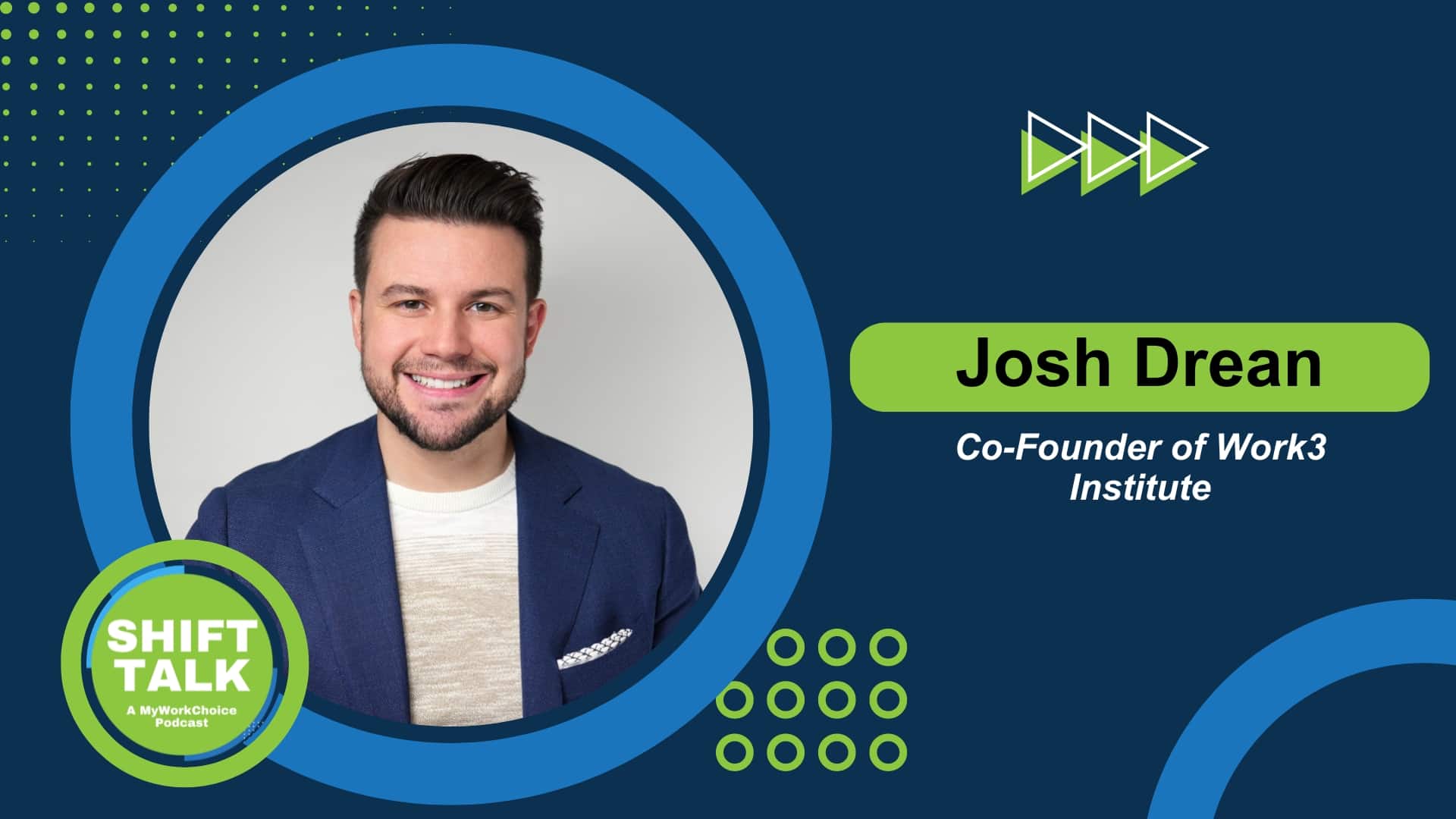
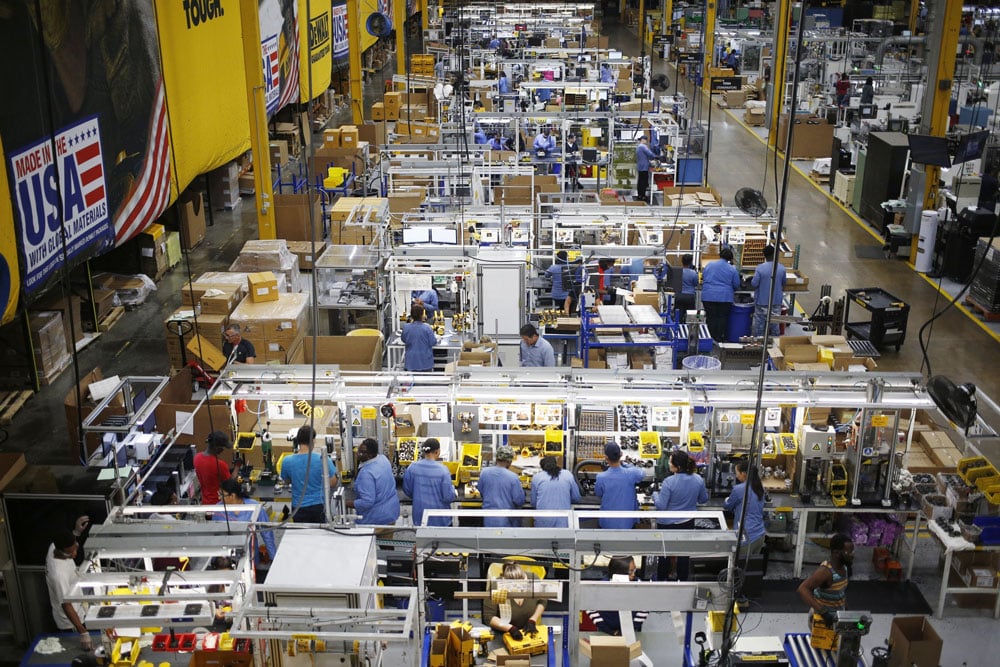
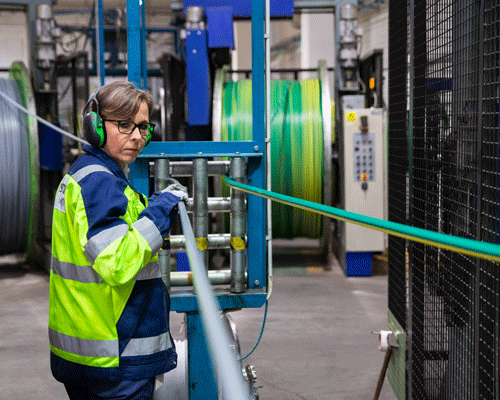

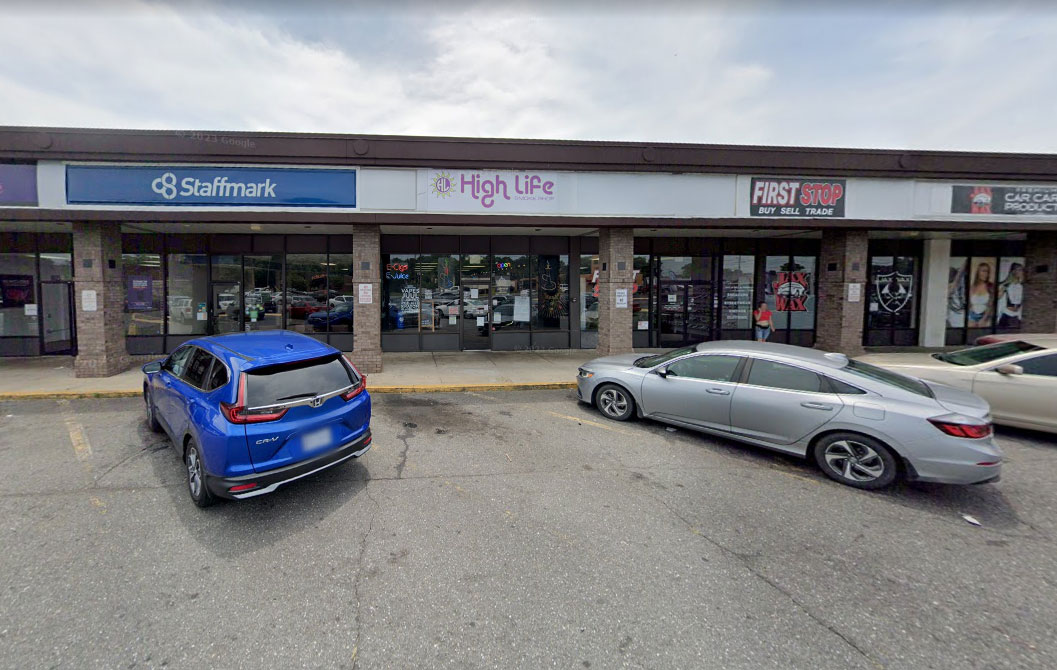
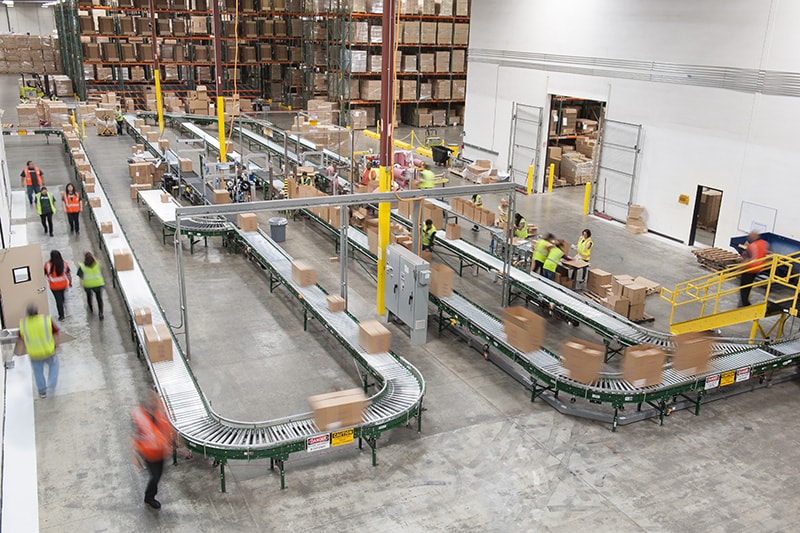

Share